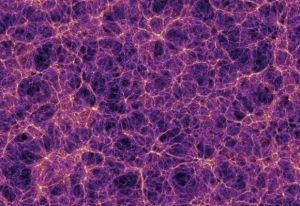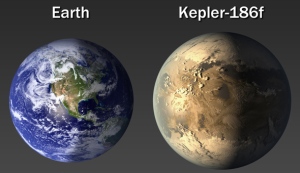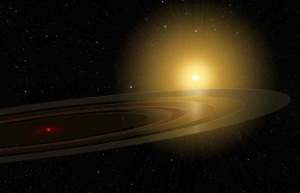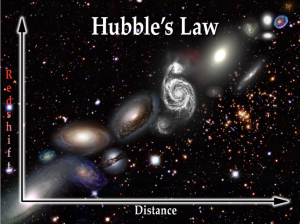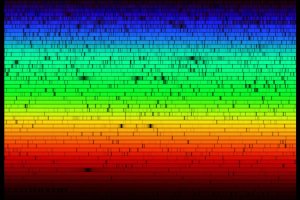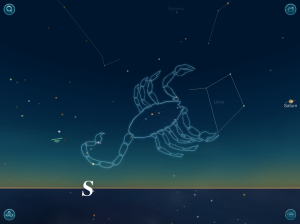Isaac Newton (December 25, 1642 – March 31, 1727)
When Newton was around 23 years old, the last major epidemic of Bubonic Plague in England took place, known as the “Great Plague of London.” Also, when Newton was a teenager, the Wars of the Three Kingdoms were taking place, with the conflict in Scotland having a notable effect on Britain’s history. These civil wars resulted in Charles II losing rule over the Scots to Oliver Cromwell, the Lord Protector. He would later, however, become King of Great Britain and Ireland when Newton was 18, in April of 1661.
Robert Hooke (July 28, 1635 – March 3, 1703) is famous for his discovery of cells. Using a microscope, he observed the cells of a piece of cork, and sketched his observations. He is also known is physics for Hooke’s Law describing the simple harmonic motion of a spring. Hooke was the first Curator of the British Royal Society. There is also a fairly well documented feud between Hooke and Newton; the two argued over who deserved credit for the law of gravitation, among other things.
What’s most interesting to me about the history of astronomy is how far it stretches across the history of the world (in geography and time). I can’t think of any subject of study (except for history itself) that goes across all time periods and all cultures to the extent that astronomy has.

